What Causes Condensation On Interior Walls In Colorado?
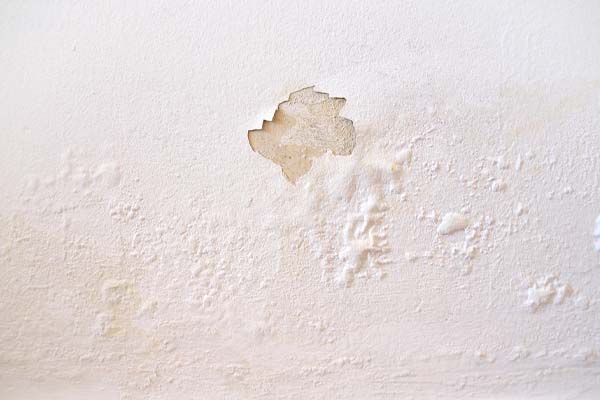
Condensation on walls is more than just an inconvenience – it’s often a symptom of underlying issues in your home’s insulation, ventilation, or moisture control systems. In Colorado’s climate, where temperatures can drop dramatically, homeowners may notice water droplets forming on interior surfaces, particularly during the colder months.
While it might look harmless initially, persistent condensation can lead to serious structural damage, health risks from mold growth, and decreased energy efficiency. Understanding the root causes of this issue is essential to maintaining a healthy and durable home. In this Ascend Construction article, we’ll explore what triggers wall condensation, why it’s a concern, and what you can do to fix it.
Stop Wall Condensation Before It Starts: Upgrade your home’s insulation with Ascend Construction and eliminate cold surfaces that trigger moisture buildup. Get a free consultation today!
The Possible Triggers of Condensation on Walls
Contents
- The Possible Triggers of Condensation on Walls
- Why You Should Be Concerned About Interior Wall Moisture
- How to Solve A Wall Condensation Problem
- Condensation on Walls FAQS
- How Can Indoor Activities Contribute to Wall Condensation?
- Can Indoor Plants Increase the Risk of Wall Condensation?
- What Role Does Furniture Placement Play in Wall Condensation?
- How Do Window Treatments Affect Condensation on Walls?
- Are There Building Materials That Are More Prone to Condensation?
- Can Condensation Lead to Long-Term Structural Issues?
- Conclusion
- Maximize Home Comfort and Efficiency with Ascend Construction’s Insulation Services in Fort Collins, CO
Moisture on interior walls is likely due to condensation. It happens when a cold surface gets in contact with hot and humid air, quickly turning the vapor into water. The phenomenon is responsible for the droplets on a soda can when you take it out of a cooler. It is also common in winter when the perimeter walls are much colder than the warm indoor air. So, what causes this in homes?
Poor Insulation
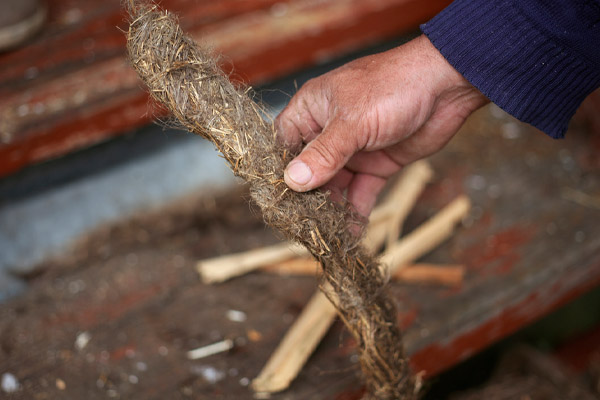
Wall insulation and attic insulation should shield the interiors from plunging outdoor temperatures. If it is working well, there should be no condensation. However, a lot of homes have poor insulation.
Some had the inadequate capacity to block the flow of heat or create a thermal envelope from the beginning. Others naturally deteriorate over time. It may also be a case of bad installation or physical damage. By letting heat escape, the walls become sufficiently cold to trigger condensation.
Say Goodbye to Drafty Walls and Damp Corners: Ascend Construction offers professional insulation and sealing services that keep Colorado homes dry and energy-efficient. Call now!
Air Drafts
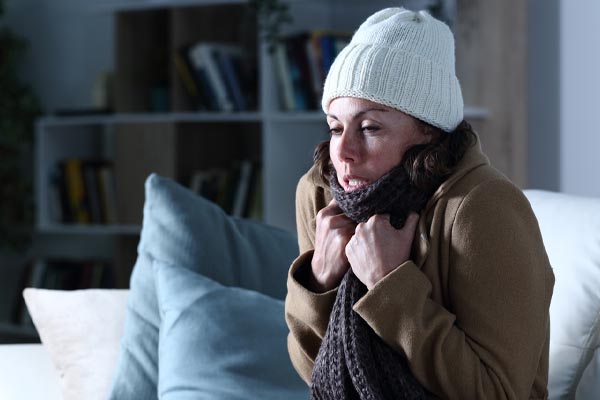
Walls, doors, and windows may develop cracks that are wide enough for air to pass through. The areas near the corners are particularly vulnerable without proper sealing. The risk of condensation increases as more humid air gets in.
As materials shrink and expand due to extreme temperature shifts, the situation could worsen. You may try to check for cold drafts around your home. A professional can also come in and use sophisticated methods to find these by performing an energy audit.
Is Your Home Ready for a Colorado Winter? Poor insulation can lead to costly condensation issues – Ascend Construction has the solution. Reach out for a custom quote!
House Leaks
The wetness on the walls may also come from sources beyond condensation, such as leaks around the house. These typically come from above, so consider the condition of your roof and gutters.
After a storm, do a quick visual check of the shingles for damage. Look for discoloration on the ceiling and wet spots in the vicinity. If the moisture is heavily concentrated in one spot, it may be a leak rather than a form of condensation.
Rising Damp
You may also want to check the floor for wet spots. If the wet parts of the wall are near the bottom, the water may be rising damp – moisture pulled up by absorbent wall materials. If this always happens, you may need to stop the water source or improve the drainage. If the water can quickly move out, it may not have a chance to affect the walls or any other part of the house.
Why You Should Be Concerned About Interior Wall Moisture

You might think that wet walls are harmless since they will dry up after a while. However, moisture can persist for a long time under the right conditions. After a while, it can damage the walls and other parts of the structure.
Aesthetics
It may start with superficial signs such as bubbling paint and changing colors. The paint may eventually peel off from the surface, reducing wall protection and creating an unsightly mess. You will have to get a fresh coat of paint sooner than expected.
Tired of Dealing with Damp Walls? Don’t let condensation ruin your comfort – Ascend Construction offers insulation solutions tailored to Colorado homes. Schedule your assessment today!
Mold Spores
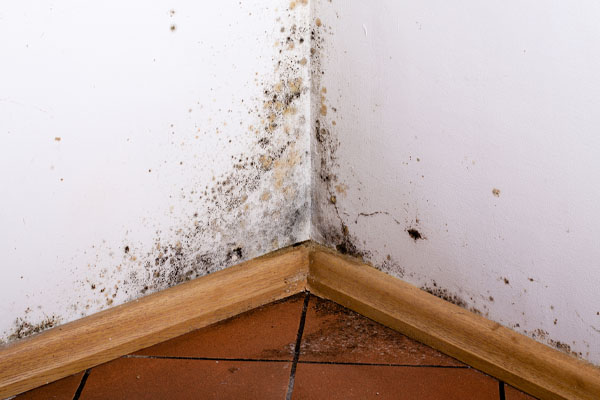
Moist walls also provide an ideal environment for fungus. You may see dark spots forming due to mold and mildew. They don’t just look bad. They are also harmful to your family’s health. Constant exposure to mold spores can trigger respiratory issues among vulnerable individuals.
Protect Your Home from Mold and Moisture Damage: Prevent condensation and safeguard your indoor air quality with expert insulation upgrades from Ascend Construction. Schedule your inspection today!
Pest Infestation
Pests may begin to make a home out of old insulation, particularly cellulose and fiberglass. Rats, bats, squirrels, and raccoons may soon live inside your wet walls. They will not let you sleep with their noise. They will also leave an endless trail of waste to foul up the house. The pests may even carry diseases that can infect your family.
Asbestos
The old, underperforming insulation in your home may be asbestos. It was common before the 1980s when people didn’t know about its dangers. It will not shield you from chilly winters or prevent wet walls, so it might be a good time to consider professional removal.
Allergens

Inferior insulation materials do not block the movement of air. Outdoor air may carry allergens such as pollen and dust, which may eventually circulate around the house. It is a serious concern for people who have heightened sensitivities. Frequent allergy attacks can reduce quality of life.
Don’t Let Moisture Compromise Your Home’s Health: From attic insulation to air sealing, Ascend Construction stops condensation at the source. Contact us for professional help!
How to Solve A Wall Condensation Problem
If you are noticing these signs in your home, act quickly before the issues stack up even higher. Solutions are available for each cause, although some may be too much for an amateur. Call professionals to assess the situation and implement proper remedies.
Upgrade Old Insulation
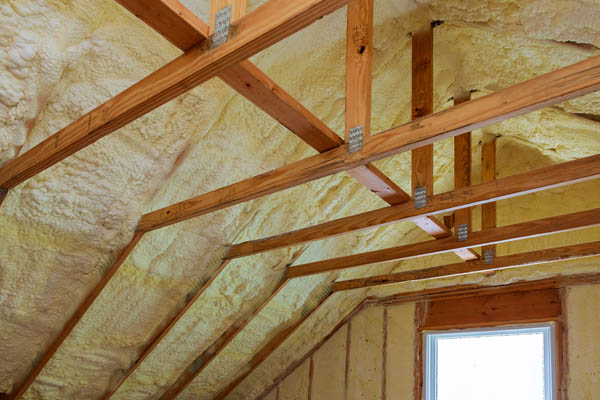
One of the best things you can do is to remove the old insulation and replace it with new material. Choose an alternative with a higher R-value for better protection from extreme temperatures. It will prevent the interior wall from getting too cold and triggering condensation.
Seal the Cracks
It’s a good idea to seal the cracks around the perimeter. Better yet, use an insulation material that can also create an airtight seal, such as spray foam. You can achieve two goals with a single application.
Fix the Leaks
If the water is coming from a leak above, call a roofer for repairs. You might be able to fix it fast with minimal cost by catching it early.
Upgrade Your Home’s Comfort and Efficiency: Old insulation could be the reason behind your wall condensation – Ascend Construction specializes in safe removal and high-performance replacements. Book now!
Improve Drainage
If the water is coming from below, remove the clog and improve the drainage. Prevent the source from flooding the area again.
Enhance Ventilation
Good air circulation will prevent high humidity and condensation. Improve the ventilation in your home to achieve this, whether through passive or active strategies. You can consult an HVAC expert for guidance. Also, you can consider a whole house fan for summertime use.
Condensation on Walls FAQS
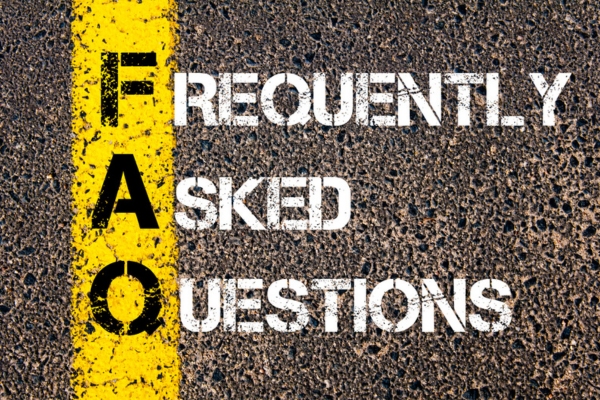
How Can Indoor Activities Contribute to Wall Condensation?
Everyday household activities like cooking, showering, and drying clothes indoors can significantly raise indoor humidity levels. Without adequate ventilation, this excess moisture lingers in the air and condenses on cooler wall surfaces, especially during colder months. Kitchens and bathrooms are high-risk zones. Using exhaust fans, venting dryers properly, and cracking windows can help reduce the humidity produced by daily routines.
Can Indoor Plants Increase the Risk of Wall Condensation?
Yes, indoor plants naturally release moisture into the air through a process called transpiration. While a few plants won’t cause major issues, having a large number, especially in small or poorly ventilated spaces, an raise humidity levels enough to contribute to condensation on cold walls. If you’re noticing moisture issues and have many houseplants, try spacing them out and improving air circulation.
What Role Does Furniture Placement Play in Wall Condensation?
Placing large furniture items like sofas or cabinets flush against exterior walls can trap humid air between the furniture and the wall, creating a pocket of stagnant air. This space often stays cooler than the rest of the room, making it a prime spot for condensation to form. Leave a few inches of space between furniture and walls to allow for air circulation and reduce moisture buildup.
Seal Out Drafts, Lock In Comfort: Ascend Construction uses top-grade insulation materials that block air leaks and prevent indoor moisture problems. Request service today!
How Do Window Treatments Affect Condensation on Walls?
Heavy curtains and blinds can restrict airflow near exterior walls and windows, particularly if they’re kept closed for long periods. This can create cooler microclimates behind the fabric where condensation may develop, both on windows and on adjacent wall surfaces. Consider using breathable fabrics, opening window coverings daily, and installing thermal curtains that allow for airflow without sacrificing insulation.
Are There Building Materials That Are More Prone to Condensation?
Yes. Materials with low insulation value, such as single-layer drywall without proper backing, metal framing, or concrete block walls, are more prone to cold surface temperatures and therefore to condensation. In contrast, insulated or moisture-resistant drywall and wood-framed walls with adequate thermal barriers are less likely to accumulate moisture. Retrofitting with better materials or applying thermal barriers can significantly reduce condensation.
Can Condensation Lead to Long-Term Structural Issues?
Absolutely. Prolonged condensation can degrade building materials like drywall, wood framing, and insulation. Over time, this moisture may lead to rot, corrosion of metal components, and compromised structural integrity, especially in untreated or hidden areas. What starts as cosmetic damage (like bubbling paint or discoloration) can evolve into costly repairs if left unchecked. Addressing the cause early is essential to protect your home.
Conclusion
Condensation on walls is more than a cosmetic issue – it can be a red flag signaling poor insulation, inadequate ventilation, hidden leaks, or moisture intrusion. Left unaddressed, it may lead to mold growth, structural damage, pest infestations, and even health hazards.
Fortunately, with the right solutions, such as sealing drafts, upgrading insulation, repairing leaks, and improving airflow, you can protect your home from the damaging effects of excess moisture. If you’re unsure where to start, don’t hesitate to consult insulation and HVAC professionals who can diagnose the problem and implement targeted fixes. Early intervention is key to preserving your home’s integrity, comfort, and air quality for the long term.
Avoid Expensive Repairs from Wall Damage: Take the proactive step with expert insulation services from Ascend Construction, your trusted partner in home energy solutions. Call for a home energy audit!
Maximize Home Comfort and Efficiency with Ascend Construction’s Insulation Services in Fort Collins, CO
When it comes to improving energy efficiency and indoor comfort, experience matters. Ascend Construction is Fort Collins’ go-to expert for insulation removal and installation, air sealing, whole-house fan systems, energy audits, and customized energy-saving solutions. With a commitment to precision, quality materials, and long-term performance, we help homeowners lower energy costs, enhance comfort, and increase their home’s value.
Take the first step toward a more efficient home – contact Ascend Construction today for expert insulation solutions you can trust.

Contact Ascend Construction for a free consultation today. We can provide you with practical solutions to address the problem areas in your Fort Collins home. All of our services are affordable, and our work is guaranteed. Click here to contact us, or click the button below to give Ascend Construction a call. We offer no-obligation, in-home consultations.
Ascend Construction
4115 County Road 19
Fort Collins, CO, 80524
(970) 420-5495
Related Articles:
- 7 Reasons Why Proper Attic Insulation Is Key Before Fall Time In Colorado
- Will Spray Foam Insulation Keep Pests Out Of Your Fort Collins Home?
- Is Spray Foam Insulation Flammable In Fort Collins?
- Why Should I Insulate My Fort Collins Garage?
- The Problems With Using A Spray Foam Insulation Kit In Fort Collins